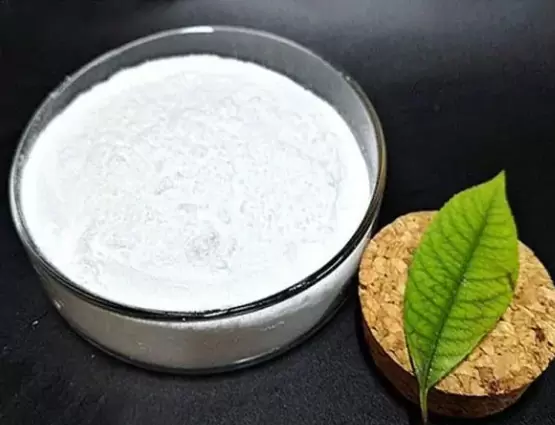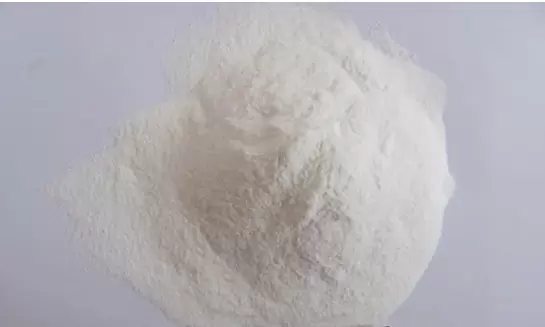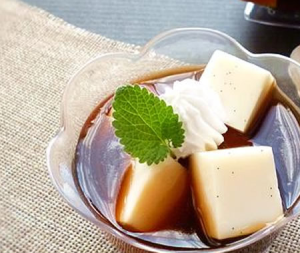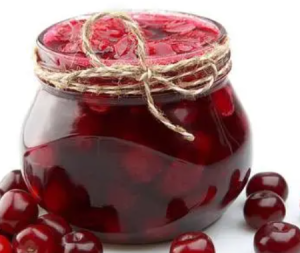Gellan gum is a water-soluble anionic polysaccharide produced by the bacterium Sphingomonas elodea (formerly Pseudomonas elodea based on the taxonomic classification at the time of its discovery).The gellan-producing bacterium was discovered and isolated by the former Kelco Division of Merck & Company, Inc. in 1978 from the lily plant tissue from a natural pond in Pennsylvania. It was initially identified as a substitute gelling agent at significantly lower use level to replace agar in solid culture media for the growth of various microorganisms. Its initial commercial product with the trademark as Gelrite gellan gum, was subsequently identified as a suitable agar substitute as gelling agent in various clinical bacteriological media.

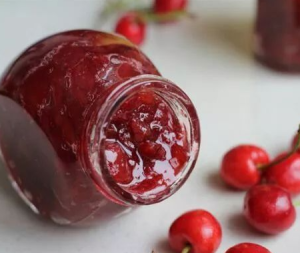
Application in foods
Table below illustrates the potential application of gellan gum in various food products. Gellan gum is not only applicable in foods, which require a highly gelled structure, but may also be suitable for uses in systems to provide body and mouth-feel rather than gelatin. In some products, it may be desirable to use gellan gum in combination with other hydrocolloids like locust been gum, xanthan gum, guar gum and modified starches to obtain optimal product texture and stability.
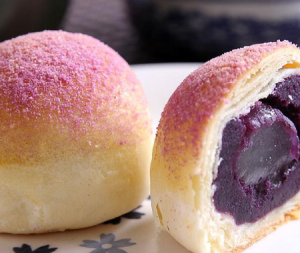

Confectionery
Gellan gum can be utilized in confectionery and bakery products. The major function of gellan gum in confectionery products is to provide structure and texture to reduce the set time of starch jellies. Starch jellies normally take 24 to 48 h to set, while the introduction of gellan reduces setting time to 10–12 h. In addition, gellan can prevent moisture fluctuations in sugary foods, icings and toppings, and the required gellan gum concentration in these products is only one fifth of the commonly used agar .
Water based gels
Gellan gum provides dessert gels with mouth-feel characteristics similar to those of gelatin. The use of high clarity gellan gum is preferred in this application and results in a gel with clarity of water.
This is highly desirable in meat and vegetable aspic. Moreover, the increase of melting temperature due to addition of gellan gum helps such gels to remain soft and juicy without melting and loosing their visual appearance.
For these types of applications, a level of around 0.3 % gellan gum was found to be ideal.
Jams and jellies
Gellan can successfully replace pectin in jams and is effective at lower concentrations (about 0.4 % of gellan as compared to about 0.6 % of high methoxypectins and 0.8 % of low methoxypectins). In these products, syneresis is minimized, while jams have good organoleptic characteristics and good spreadability. Low solid and reduced calorie jams with excellent sheen can be prepared with only 0.15 % of clarified gellan.
Pie fillings and puddings
Gellan gum can be used as a structuring agent to partly replace starches in pie fillings and puddings. Alternatively, gellan in mixture with modified starches can be used as a stabilizer and water-binding agent , preventing the 'blunting effect' starches can have on food flavour.
Fabricated foods
Fabricated fruit pieces or meat chunks, including pet food, fall into this category. Many gums have been used to provide a structured form after heating and cooling . Since the gellan gum provides matrix which does not melt during pasteurization, the pieces retain their characteristic shape under the processing conditions. For this, a level of 0.7 % gellan is required in contrast to 1 % needed with carrageenan/locust been gum.



